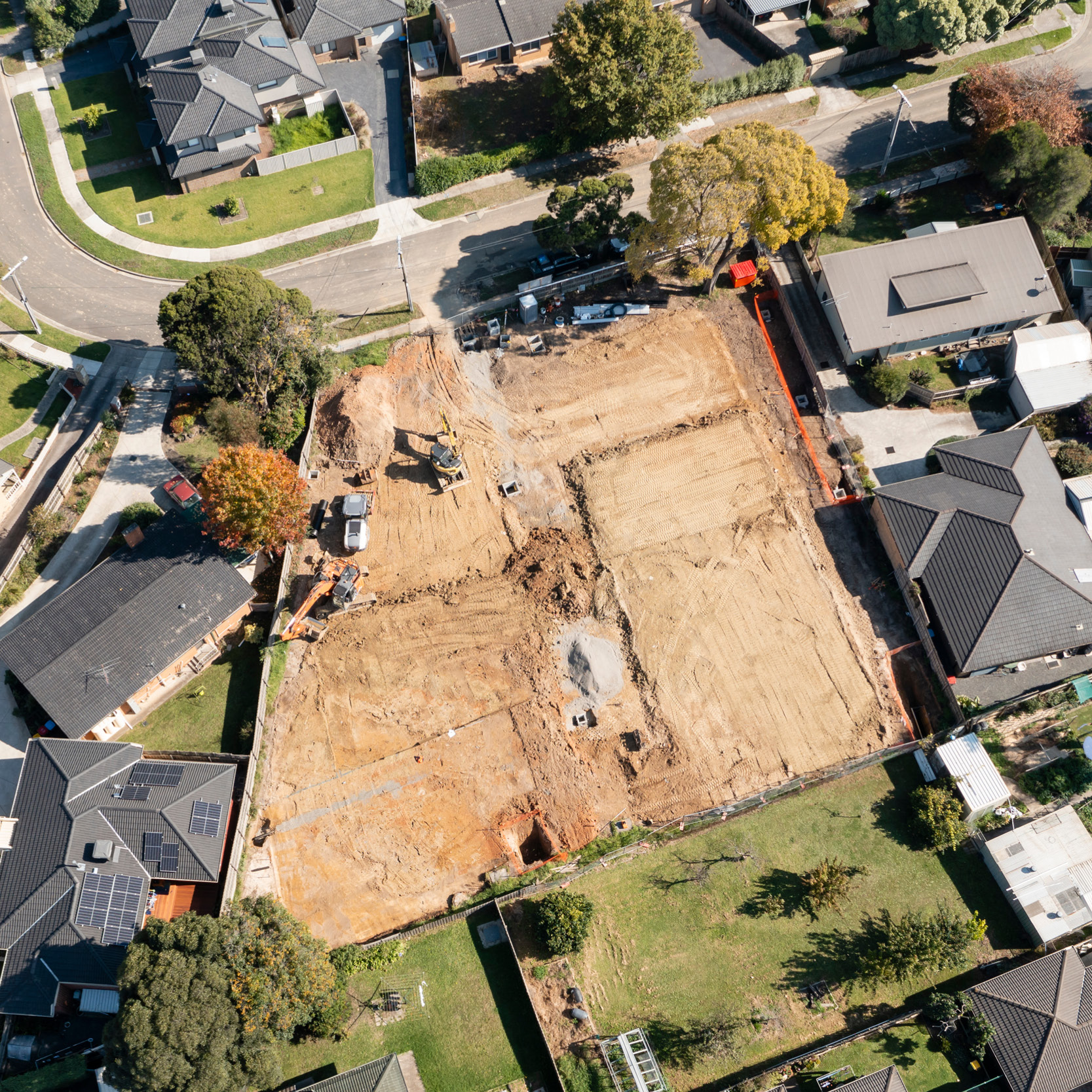End of the road: Planning and Environment Court of Queensland refuses minor change application finding there is inadequate amenity and traffic evidence to establish proposed changes would not result in substantially different development
By Nadia Czachor and Matt Richards
427 Beckett Rd Pty Ltd v Brisbane City Council [2024] QPEC 4 concerned an appeal against the decision of the Brisbane City Council to refuse an impact assessable development application for a mixed-use development.
In brief
The case of 427 Beckett Rd Pty Ltd v Brisbane City Council [2024] QPEC 4 concerned an appeal to the Planning and Environment Court of Queensland (Court) against the decision of the Brisbane City Council (Council) to refuse an impact assessable development application for a mixed-use development (Development Application) on land at Bridgeman Downs, Queensland (Land).
In particular, the Applicant sought an order that the appeal be heard and determined on the basis of a changed development application (Change Application) (at [1]).
The Court had to determine whether, pursuant to section 46(3) of the Planning and Environment Court Act 2016 (Qld) (PEC Act), the proposed change was a "minor change" as defined in schedule 2 of the Planning Act 2016 (Qld) (Planning Act) (see [2] and [36]).
The Court found that the proposed changes, explained further below, were not a "minor change" as defined in the Planning Act and dismissed the Change Application (see [4] and [5]).
Background
The Development Application sought an approval to reconfigure the Land "…from one into five lots with associated stormwater infrastructure, private access roads and new public roads" (Proposed Development) (at [7]). The Proposed Development involved the construction of a public road connecting Beckett Road located to the west of the Land to the adjoining land located east of the Land, thus dividing the Land into a northern portion and a southern portion (at [7]). The Proposed Development was to occur in four stages and comprise a "…balanced mix of commercial and residential uses…" (at [25]).
By contrast, the Change Application sought development that "…is predominantly commercial in nature and is to be carried out in one stage" (at [25]). The Change Application sought to effect the following predominant changes to the Proposed Development (Proposed Changes) (see [24] to [35]):
-
A reduction of the number of residential units proposed from 39 units to 12 units, consequent material changes to the land use mix between residential and non-residential uses, and changes to the built form for residential dwellings.
-
The deletion of a staged approval for the development.
-
An increase in the area of Lot 5, a reduction in the footprint of residential development within Lot 5, and a consequential southward movement of Lot 1.
-
Design changes to the access to Lot 5 and the number and layout of uses proposed on Lot 5.
-
The deletion of the east-west connection road.
-
Changes to the earthworks design and stormwater management regime.
-
The introduction of a network of acoustic barriers.
-
An alteration to the building design of a childcare centre and relocation of a redesigned carpark.
Under section 46(3) of the PEC Act, the Court cannot consider a change to a development application unless the change is only a "minor change". The term "minor change" is defined in schedule 2 of the Planning Act, and requires an applicant to demonstrate, according to paragraph (a)(i) of the definition, that the proposed change will not result in "substantially different development" (at [36]).
Court finds that the Proposed Changes result in substantially different development
The Council opposed the Change Application on the following alternative grounds (at [3]):
-
The Proposed Changes to the Development Application would result in "substantially different development" for the purposes of the relevant definition of "minor change".
-
There are discretionary reasons that militate against granting the Change Application.
The Court stated preliminarily that "[t]he extent of change between…" the form of development under the Development Application and under the Change Application "…is, as a matter of impression, significant" (at [37]).
Court finds inadequate evidence pertaining to visual and traffic impacts to find not substantially different development
The Court concentrated on the issues of visual impacts and traffic impacts and emphasised the exiguity of evidence in this respect (see [37] to [46]).
The Court considered that it was necessary to examine whether the introduction of a network of acoustic barriers ranging in height and in proximity to proposed residential land included in the Proposed Changes "…would give rise to a new impact or exacerbate a known amenity impact" (at [40]). The Court, however, was ultimately unable to make a finding given the inadequacy of the evidence pertaining to potential amenity impacts (at [41]).
The Court was also not satisfied that the Applicant provided sufficient evidence to demonstrate that the Proposed Changes would not result in impacts to traffic flows or the transport network (at [43]). In particular, the Court identified that the evidence of the traffic expert considered neither the traffic impacts arising due to the deletion of the staged approval, nor the impact of the deletion of future road connections to the adjoining land (at [42]).
The Court held that the Applicant's affidavit filed in support of the Change Application failed to mention the deletion of a pedestrian path between the childcare centre and a convenience restaurant on Lot 2, and the potential impacts on multi-purpose vehicle trips (at [44]).
In respect of structure planning, the Court held that the Applicant failed to analyse potential impacts that may arise by reason of the replacement of the internal road system with internal private roads and easements (at [45]).
The Court was not satisfied, on the basis of these omissions and inadequacies in the evidence, that the Proposed Changes would not result in "substantially different development" (at [46]).
Court finds submissions relating to the scale and extent of the changes do not negate a finding of substantially different development
The Court accepted the following submissions made by the Applicant (at [48]):
-
"[T]he development depicted in Annexure B 'remains' a mixed use development comprising a service station, food and drink outlet, childcare centre multiple dwellings".
-
"[T]he changed form of development is a lesser scale than that depicted in Annexure A".
-
"[T]he reduction in development scale is intended to be responsive to reasons for refusal founded in, inter alia, ecological and stormwater management considerations".
However, the Court was not satisfied that these matters demonstrated that the Proposed Changes would not result in "substantially different development" having regard to "…their resulting impacts, both individually and cumulatively" (at [49]).
The Court also rejected the Applicant's reliance on earlier orders of the Court, and in particular an order made on 7 December 2022, which permitted the Development Application to proceed to hearing inclusive of most of the changes contained within the Change Application (at [50]). The Court identified a series of additional changes that were not included in the order of 7 December 2022 (at [51]). In particular, the Court emphasised the materiality of the deletion of staging, in combination with all the other Proposed Changes, and having regard to the traffic engineering issues (at [53]).
The Court concluded that there was inadequate evidence to determine that the Proposed Changes, having regard to the form of the development under the Change Application, constituted a "minor change" as defined by the Planning Act (at [54]).
Court finds that it is unnecessary to consider discretionary consideration opposing approval
Having found that the Proposed Changes would result in a "substantially different development", the Court found that it was unnecessary to determine whether discretionary considerations alone warranted the dismissal of the Change Application (see [55] and [56]).
Conclusion
The Court found that the Proposed Changes were not a minor change as defined in the Planning Act and dismissed the Change Application (see [4] and [5]).


